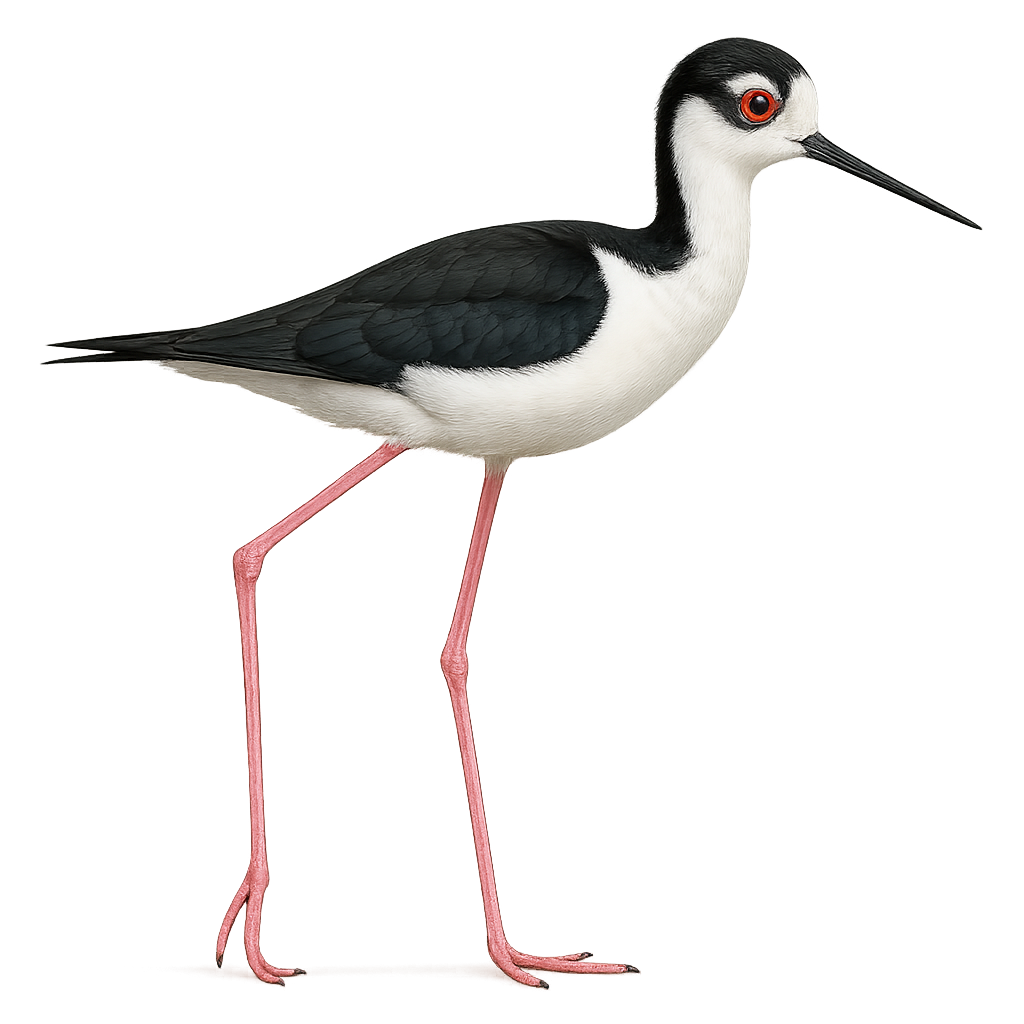Your wildlife photography guide.
Explore the black-necked stilt in detail, study its behavior, prepare your shots.
Where to observe and photograph the black-necked stilt in the wild
Learn where and when to spot the black-necked stilt in the wild, how to identify the species based on distinctive features, and what natural environments it inhabits. The WildlifePhotographer app offers tailored photography tips that reflect the black-necked stilt’s behavior, helping you capture better wildlife images. Explore the full species profile for key information including description, habitat, active periods, and approach techniques.
Black-necked Stilt
Scientific name: Himantopus mexicanus

IUCN Status: Least Concern
Family: RECURVIROSTRIDAE
Group: Birds
Sensitivity to human approach: Suspicious
Minimum approach distance: 10 m
Courtship display: April to June
Incubation: 22-26 jours
Hatchings: April to July
Habitat:
Wetlands, marshes, ponds
Activity period :
Primarily active during the day, with peak activity in the morning and late afternoon.
Identification and description:
The Black-necked Stilt is an elegant and graceful bird, easily recognizable by its long red legs and distinctive black and white plumage. It primarily inhabits wetlands, marshes, and shallow ponds where it feeds on small invertebrates and crustaceans. This bird is often seen in small groups but can also be solitary. Its slender silhouette and delicate movements make it a fascinating sight for birdwatchers and nature enthusiasts. Although its range is primarily in America, it is sometimes observed in other regions during migrations. Its ability to adapt to various wetland habitats makes it a resilient species, although some populations are threatened by habitat loss.
Recommended lens:
400mm – adjust based on distance, desired framing (portrait or habitat), and approach conditions.
Photography tips:
To photograph the Black-necked Stilt, choose the golden hours of morning or evening for soft lighting that highlights its contrasting plumage. Use a telephoto lens of at least 400mm to capture details without disturbing the bird. Maintain a safe distance of about 10 m to avoid scaring it. Be patient and wait for it to approach naturally. A tripod can be helpful to stabilize your camera and achieve sharp images.
The WildlifePhotographer App is coming soon!
Be the first to explore the best nature spots, track rutting seasons, log your observations, and observe more wildlife.
Already 1 439 wildlife lovers subscribed worldwide

